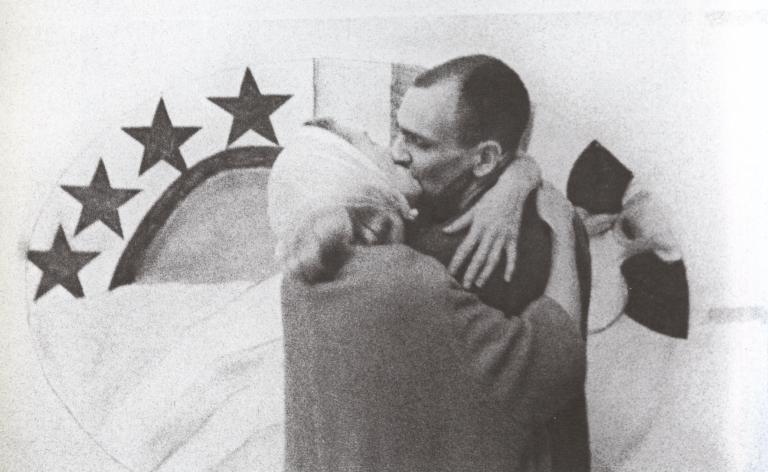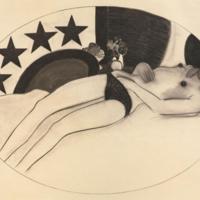Tom Wesselmann
Wesselmann was born in 1931 in Cincinnati, Ohio. He received a BA in Psychology from the University of Cincinnati. During his time in college, Wesselmann was drafted into the Korean War, though he served stateside. He developed his interest in art, specifically in drawing, while in the army, and afterwards moved to New York City and received his degree in Fine Arts at Cooper Union. Wesselmann went on the found the Judson Gallery with Jim Dine and Marc Ratliff. Using drawing, painting, collage, and sculpture, he created series that depicted the same core subject matter based on nudes and still life in different ways dozens of times. Although Wesselmann was considered a Pop artist, he felt as though he was different than other Pop artists.
While most Pop Art focused on consumerism and mass production, Wesselman felt his works had a deeper meaning and message. He took much of his inspiration and technique from artists such as Robert Motherwell, Willem de Kooning, and Henri Matisse, but always wanted to maintain his own personal style. While one may believe that preparatory drawings or drafts—such as those included in the “New Realist Supplement” exhibition-- are unimportant, Wesselmann himself believed the drawing process to be the substance of his work. Meaning that he thought drawings were the backbone of any artwork, perhaps even more important than the final work. By examining these drawings, Wesselmann’s thought process comes alive, and one can see the different ways he experimented with composing his works in order to make them best that they could be.
-Austyn Marks


